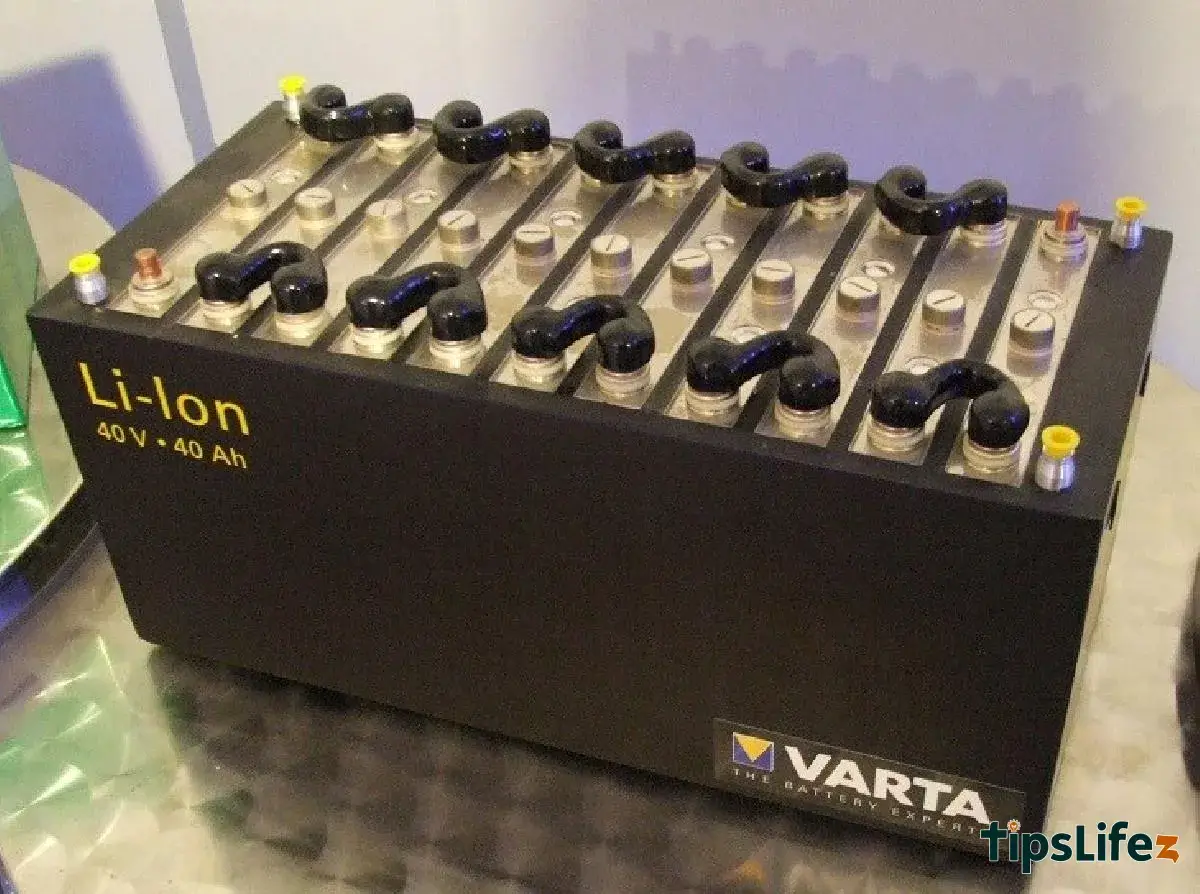This comprehensive guide is designed for users transitioning from Windows to MacBook. It covers essential tips and tr...
What is Lithium Battery? Structure and types of Lithium batteries today
Lithium batteries are extensively used in electronic devices due to their excellent performance, fast charging, and high temperature tolerance. Let’s delve into What is Lithium Battery, lithium battery structure, and the various types of lithium batteries available in this article!

1 What is Lithium Battery?
A Lithium Battery, also known as Li-ion or Lithi-on battery, abbreviated as LIB, is a rechargeable battery. This type of battery typically has a higher energy density, thus maintaining energy longer than many other types of batteries. Therefore, it is widely used in electronic devices such as mobile phones, laptops, digital cameras, MP3 players, and many other applications.
Lithium batteries come in two types: lithium metal batteries (non-rechargeable) and lithium-ion batteries (rechargeable).
Lithium Battery is widely used in electronic devices due to its high operating performance
2 Structure and Capacity of Lithium Battery
Structure
The Lithium Battery is formed from four main components:
- Anode: Composed of graphite and other carbon materials that store Lithium ions L+ in crystals. Additionally, the anode is used to determine the power and voltage of the battery and is the source of Lithium ions.
- Cathode: Made of transition metal oxide compounds and Li (such as LiMnO2, LiCoO2, etc.), allowing electric current to flow through the external circuit. When the battery is charged, Lithium ions are stored in the cathode.
- Electrolyte: Substances capable of conducting Lithium ions between electrodes, formed from salts, solvents, and additives.
- Separator: Typically made of PE or PP plastic, acting as a physical barrier to keep the anode and cathode apart.
Lithium Battery consists of 5 main components
Capacity of Lithium Battery
The capacity of the Lithium Battery gradually decreases with each discharge cycle. Many studies have shown that charging the battery multiple times is better than charging it infrequently. Therefore, it is advisable to charge the battery regularly to help it perform well rather than letting it completely discharge before recharging.
It’s better to charge Lithium Battery multiple times to improve its performance rather than completely discharging it before recharging
3 Comparison of Lithium Battery Types
| Feature | Lithium Metal Battery | Lithium-Ion Battery |
|---|---|---|
| Anode material | Pure lithium metal | Lithium compounds |
| Applications | Medical devices, military applications | Consumer electronics (phones, laptops, etc.) |
| Advantages | High energy density, long shelf life | Rechargeable, lightweight |
| Disadvantages | Expensive, safety concerns | Lower energy density |
- Utilizes Lithium in its elemental metal form.
- Uses lightweight Lithium instead of heavy lead in batteries.
- May have superior electrical storage performance compared to Lithium Ion batteries.
- Suitable for applications requiring large capacity like electric cars.
- Utilizes stable Lithium compounds compared to elemental Lithium used in Lithium batteries.
- Widely used in handheld consumer electronics such as phones, laptops,…
4 Applications of Lithium Battery
Lithium batteries, with their large storage capacity, high durability, effective water and fire resistance, are increasingly being used in electronic devices such as thermometers, flashlights, remote-controlled toys,…
Furthermore, due to their ability to be recharged multiple times, these batteries are also used to power phones, computers, electric vehicles,… to support more efficient human activities.
Handheld massagers often use Lithium Battery
Above are the details about What is Lithium Battery, lithium battery structure, and its current applications. Hopefully, TipsLifeZ has provided you with useful information.